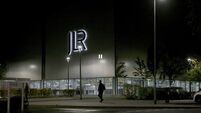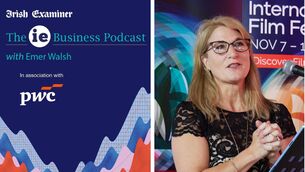Bullying at the National Museum must not be buried

All eyes are on the Dail because of the far-reaching implications of the handling of the Garda Maurice McCabe whistleblower controversy. But what a pity the spotlight has faded so quickly from a building just metres away, the National Museum of Ireland, where bullying has endangered the wellbeing of staff across its four sites.
Ten days ago, an item on RTÉ’s Drivetime highlighted workplace harassment so pervasive that one-in-five employees said they were “often” or “always” bullied.
















